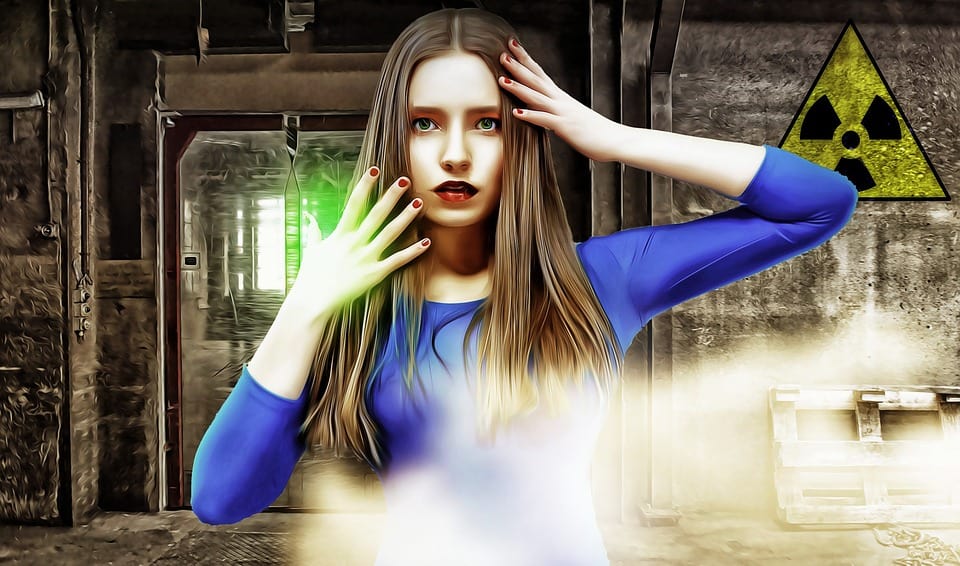United States EPA
Is radon really bad for you?
Breathing radon over time increases your risk of lung cancer. Radon is the second leading cause of lung cancer in the United States. Nationally, the EPA estimates that about 21,000 people die each year from radon-related lung cancer. Only smoking causes more lung cancer deaths.
The event dramatized the fact that radon levels specifically dwellings can sometimes be orders of size greater than regular. Radon soon came to be a common home owner issue, though normal residential exposures are two to three orders of size reduced (100 Bq/m3, or 2.5 pCi/L), making specific screening important to evaluation of radon risk in any type of specific dwelling. Radon does not create itchy eyes or watering noses, but it does damage your lungs in time. Long-lasting direct exposure over the course of years, even if radon degrees go down and increase with time, significantly enhances your opportunities of establishing lung cancer cells. Considering that you're investing hrs each time in your house breathing in the air, you're mosting likely to take in lots of radon as you prepare, bathe, and sleep if it exists in the house's air supply.
As uranium concealed in clumps of soil as well as stones break down with time, radon gas is released as component http://felixbuvk669.image-perth.org/find-out-about-radon of the radioactive decay. Once it's free from the soil, it has many courses to get in the typical home with splits in the structures, gaps in initial flooring as well as cellar walls, seams around home windows, as well as various other comparable openings.

Is radon mitigation really necessary?
When radon gas enters the body, it exposes the lungs to small amounts of radiation. In small quantities, experts say this is harmless. However, in persistent exposures or larger quantities, radon can damage the cells of the lining of the lungs, increasing a person's chance of developing lung cancer.
It can additionally be released from developing products or via water stemming from radon-contaminated wells, according to the National Institutes of Wellness (NIH). Radon levels can be higher in houses as well as buildings that are well-insulated, tightly sealed or improved soil rich in the radioactive aspects uranium, radium as well as thorium.
- Radon gas is a naturally-occurring by-product of the contaminated degeneration of Uranium in the dirt.
- Relying on your geographic location, the radon degrees of the air you breathe outside of your residence may be as high as 0.75 pCi/L.
- The US EPA has actually placed it plainly, stating, "Any kind of radon exposure has some danger of causing lung cancer.
For instance, an individual living in a residence with a radon degree of 4.0 pCi/L or lower has an about 7 in 1000 chance of getting ill. On the other hand, a person living in a home with a radon level of 20 pCi/L or higher has a 36 in 1000 possibility of having lung cancer cells. The Globe Health Organization (THAT) developed an action level of 2.7 pCi/L based upon a three-year worldwide study by more than 30 famous researchers.
What to Find out about the Threats of Radon Gas in Your Home
The study paid very close attention to the cohort's degrees of smoking cigarettes, work-related direct exposure to health hazards and education and learning accomplishment. Nonetheless, unlike most of the household radon researches, the research was not population-based.
How long does it take for radon to cause cancer?
Fact: You will reduce your risk of lung cancer when you reduce radon levels, even if you've lived with an elevated radon level for a long time. Keep in mind that radon levels below 4 pCi/L still pose some risk and that radon levels can be reduced to 2 pCi/L or below in most homes.